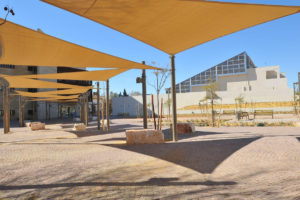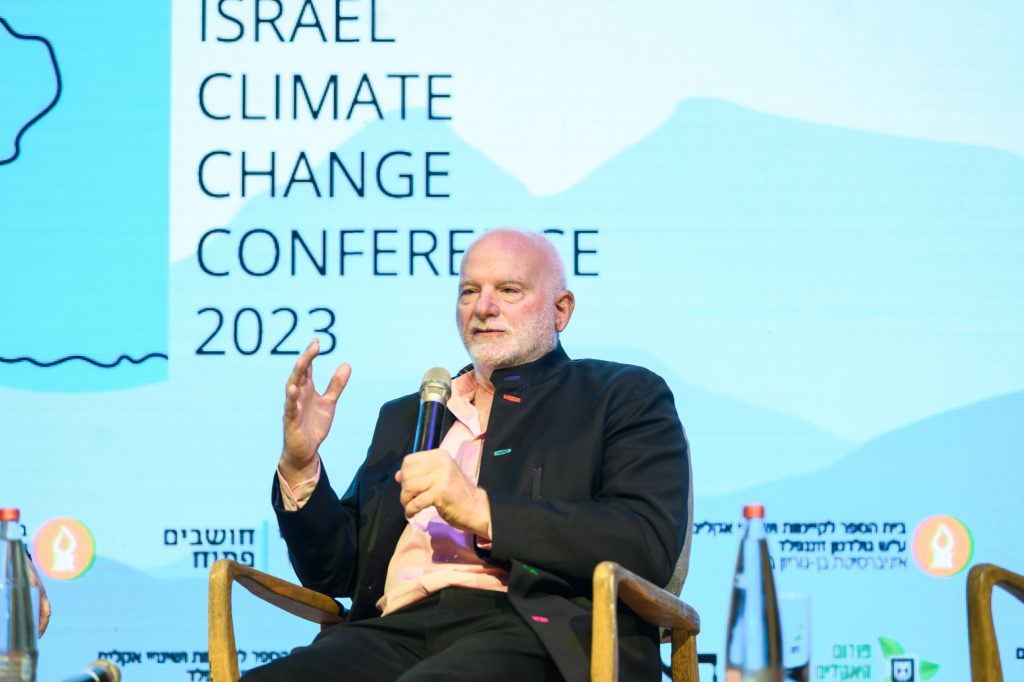
Creating Strategies for Water Sensitive Cities
Creating Strategies for Water Sensitive Cities
May 21, 2015
JNS — Recent California headlines scream “water shortage”— but the shortage is not limited to the western United States. According to a recent report by the U.S. Environmental Protection Agency, while the demand for freshwater resources is increasing, the supply remains constant and many regions are starting to feel the pressure.
The report states that water managers in 40 of 50 states expect water shortages in some portion of their states within the next 10 years.
Amid this grave prognosis, a new Israeli research project might make the Jewish state an important part of the solution.
In what is arguably one of the most innovative water research consortiums to date, researchers from Ben-Gurion University of the Negev, The Technion – Israel Institute of Technology, The Hebrew University of Jerusalem, and Australia’s Monash University are working together to develop “water sensitive cities.”
Water sensitive cities adopt a combination of decentralized and centralized water management solutions to deliver water security. The data gathered from the project may be used to support development of urban master plans in cities in Israel and around the world.

A shaded footpath on BGU’s Sde Boker Campus is an example of environmentally sustainable design recommended for water sensitive cities.
The researchers are grouped into teams, each focusing on a different aspect of creating water sensitive cities.
Prof. Evyatar Erell, of BGU’s Bona Terra Department of Man in the Desert in the Jacob Blaustein Institutes for Desert Research, is responsible for water sensitive urban planning and design. His role is to examine conventional hydrological planning of cities and to see how it can be improved.
This means reducing impermeable surfaces (sidewalks, parking lots, driveways, etc.) in favor of more permeable surfaces, sometimes innovative ones such as green roofs or the infusion of small bits of garden along footpaths.
“We are trying to determine how to use water as effectively as possible, to maximize its benefits to pedestrians, reduce energy consumption by our buildings, and ensure environmental sustainability,” says Prof. Erell.



